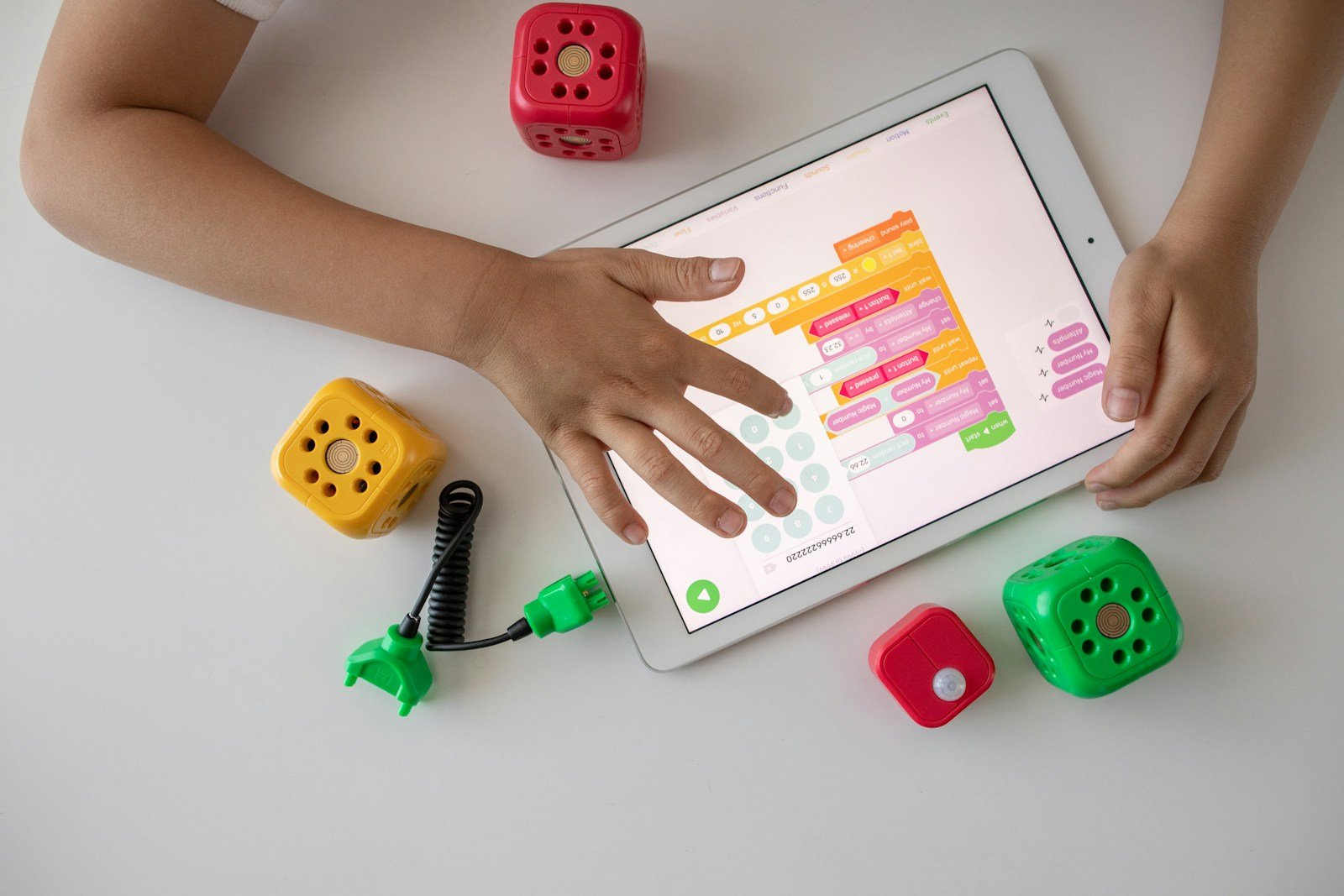Resources
Engaging Lessons: Teaching Games That Make Learning Stick

Making sure that the information is retained is one of the most difficult aspects of teaching. However, when it comes to actual engagement or retention, traditional approaches frequently fail. Despite finishing a course or training session, much of the knowledge rapidly disappears if there is no efficient follow-up.
With the use of teaching games for kids https://binibambini.com/, you may find knowledge gaps, encourage learning, and adapt education to the speed and development of each student. With the correct tool, both learning professionals and teachers in higher education may turn passive learning into an engaging, data-driven experience.
Emotions are what make things stick, and stories evoke them. Because of this, storytelling has existed from the beginning of time. We impart knowledge, impart lessons, and build relationships in this way.
Quick warm-ups to focus young learners
There are many different techniques to get pupils interested in studying, ranging from board games and tactile games to internet games. The majority of students anticipate lectures, taking notes, and working with textbooks by this stage of their schooling. What do they not anticipate? A game.
Games have been demonstrated to enhance learning outcomes, boost motivation, and boost confidence in addition to being enjoyable. Games may be an excellent mental break to encourage students to participate more and re-engage with the material, whether they are used as a warm-up, brain break, cool-down, or review.
Movement games that teach math and language concepts
Do you want to expand your math toolbox? Here are eight strategies for incorporating movement into math courses in elementary school that have been tried and tested by teachers.
Switching movements: For the first ten counts, have children do an activity (such as jumping jacks) and then switch to another (such as clapping) to assist them develop number awareness. This will help them see teen numbers as 10 and beyond.
Skip movements: As you count aloud, give numbers that don’t fit the pattern a movement (such as a clap) to improve skip-counting. Learning numerical patterns is made more remembered by using exercises like squats.
Vocabulary stretches: Stretches can be used to reinforce vocabulary and concepts by helping students relate mathematical phrases (such as “isosceles triangles” or “parallel lines”) to physical motions.
Collaborative story and role-play activities to build social skills and creativity
Everything is enjoyable—until the learning goal is forgotten. Make sure the kids Bini Game drawing academy https://binibambini.com/products/drawing-academy/ enhances the material rather than detract from the principles you are attempting to teach. Prior to starting a game, consider what knowledge or idea you want your pupils to acquire. To make sure the material sticks, let this inform your choices.
Students may develop empathy, active listening, and creative thinking while having fun when you assign roles, promote improvisation, and stimulate group decision-making. In order to keep the narrative interesting and skill-rich, it is important to design the activity such that each participant makes a significant contribution.

-

 Resources4 years ago
Resources4 years agoWhy Companies Must Adopt Digital Documents
-

 Resources3 years ago
Resources3 years agoA Guide to Pickleball: The Latest, Greatest Sport You Might Not Know, But Should!
-

 Resources2 months ago
Resources2 months agoTOP 154 Niche Sites to Submit a Guest Post for Free in 2025
-

 Resources3 months ago
Resources3 months ago50 Best AI Free Tools in 2025 (Tried & Tested)